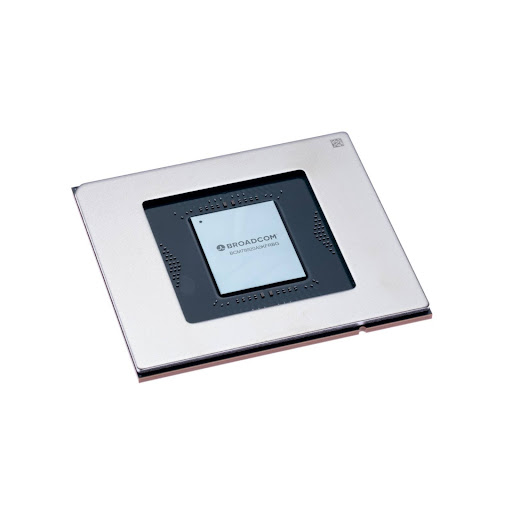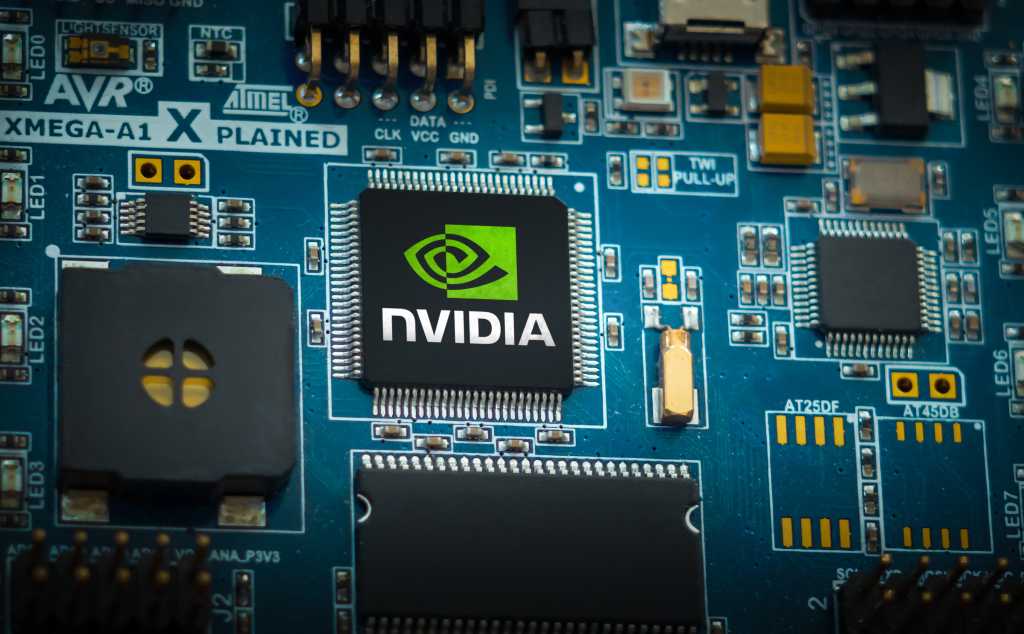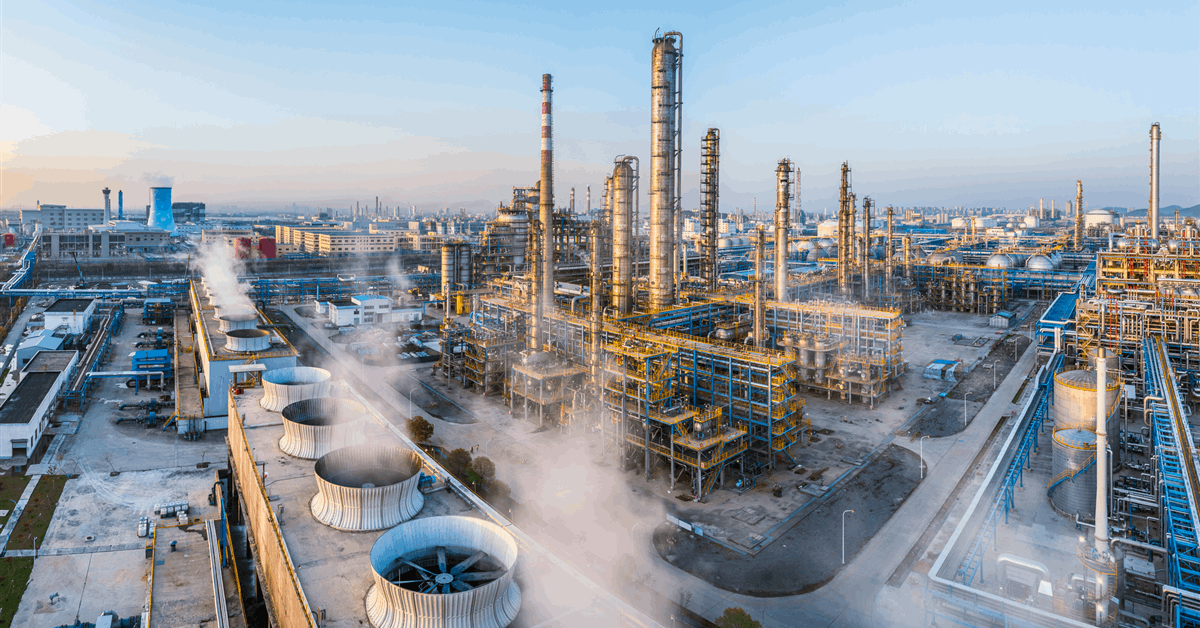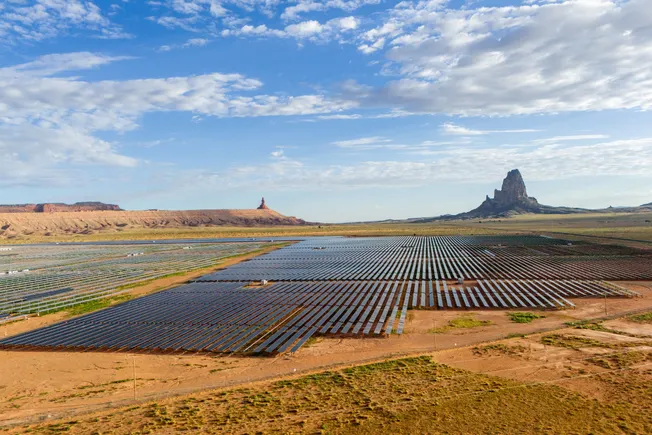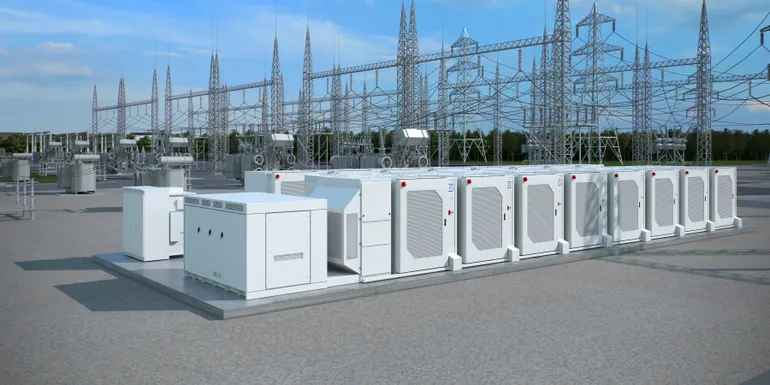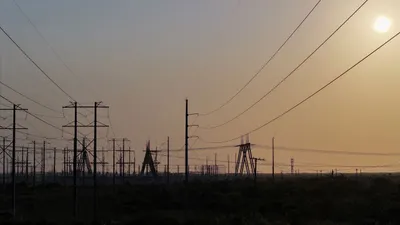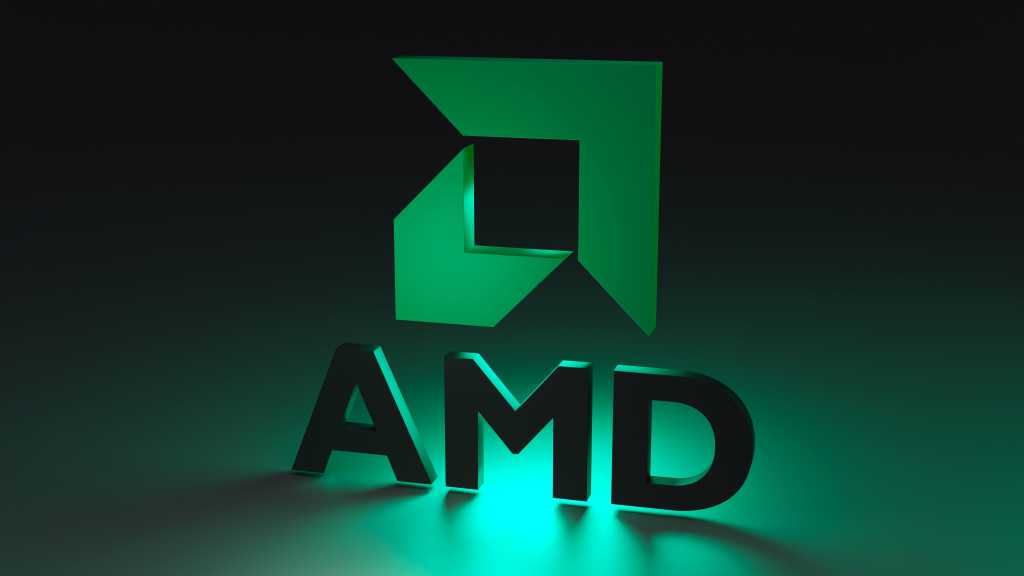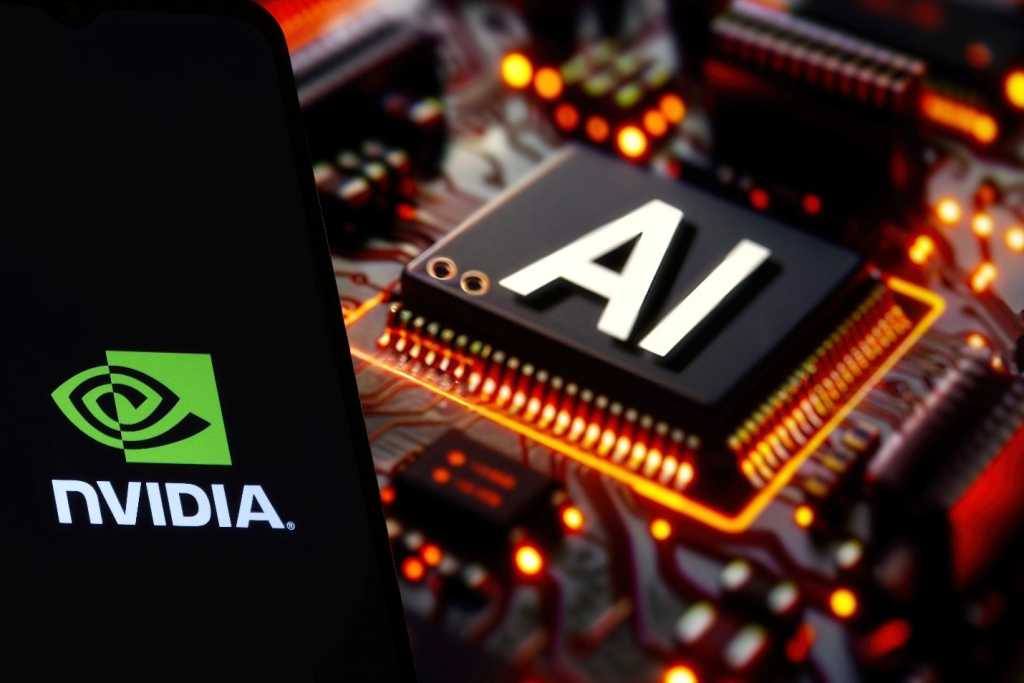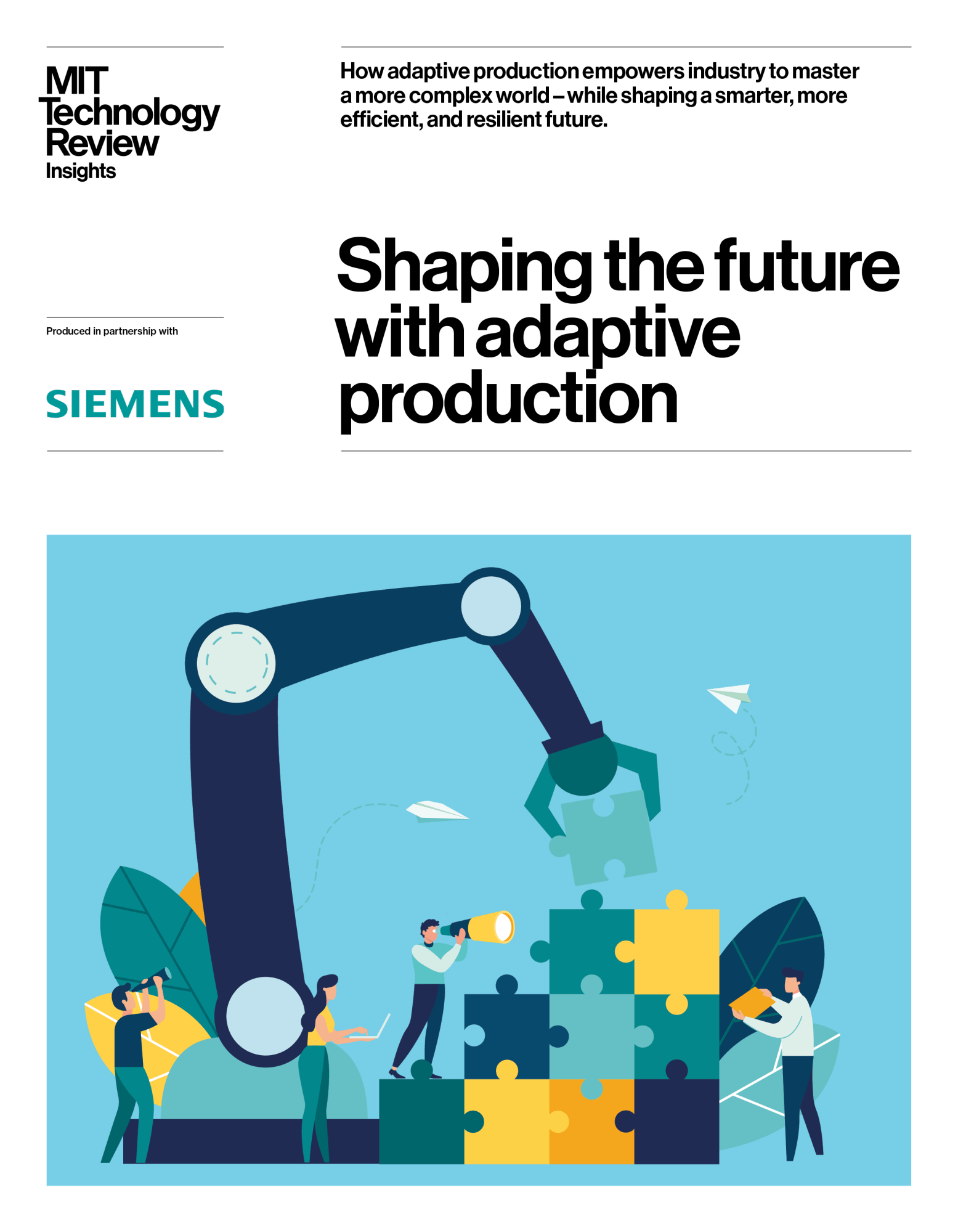
Mach Natural Resources said it has entered into separate definitive agreements to acquire certain oil and gas assets from Sabinal Energy, LLC and entities owning oil and gas assets managed by IKAV Energy Inc.
The combined consideration for both transactions is approximately $1.3 billion, subject to customary terms, conditions, and closing price adjustments. The transactions are expected to close during the third quarter, each with an effective date of April 1, 2025, the company said in a news release.
Mach has agreed to acquire Sabinal’s assets, located in the Permian Basin, for an unadjusted purchase price of $500 million. The Sabinal assets include approximately 130,000 net acres, with first-quarter average production of approximately 11,000 barrels of oil equivalent per day (boepd), of which 98 percent was liquids and 2 percent was natural gas, according to the release. Sabinal is backed by U.S.-based private equity firm Kayne Anderson.
Mach said it expects to fund the transaction with Sabinal with $300 million of equity consideration in the form of Mach common units, with the balance to be funded through a combination of cash on hand and borrowings under its revolving credit facility.
Further, Mach has agreed to purchase IKAV San Juan, located in the San Juan Basin, for an unadjusted purchase price of $787 million. IKAV San Juan’s assets include approximately 570,000 net acres, with first-quarter average production of approximately 60,000 boepd, of which 6 percent was liquids and 94 percent was natural gas, according to the release.
Mach expects to fund the transaction with IKAV San Juan with $462 million of equity consideration in the form of Mach common units, with the balance to be funded through a combination of cash on hand and borrowings under its revolving credit facility.
Pro forma, Mach said it will operate across three distinct regions: the Mid-Continent, Permian, and San Juan basins. The combined company will have a diversified production base of approximately 152,000 boepd, in addition to a total of 2.8 million net acres that will “support development activity for the foreseeable future,” the company said.
Mach CEO Tom Ward said, “These acquisitions are transformative for Mach. They not only strengthen our asset base but also advance the core pillars on which we’ve built the company since our founding. With this step, we significantly enhance our scale and gain strategic multi-basin positioning, all while maintaining a resilient balance sheet. Most importantly, the transactions are expected to be immediately accretive to our cash available for distribution, underscoring our commitment to delivering long-term value to our unitholders”.
Mark Teshoian, co-managing partner of Kayne’s Energy Private Equity practice, said, “We are excited to partner with Tom and the Mach team on this transformative transaction. Our firms share a common vision of aggregating shallow-decline, free cash flowing assets and creating value through a strong commitment to equity distributions. We believe the addition of the Sabinal assets to the Mach platform will significantly enhance its long-term success and position the Company for continued consolidation in the Permian”.
IKAV Chairman Constantin von Wasserschleben said, “We are excited to transition IKAV’s San Juan assets into Mach Natural Resources and to become a significant shareholder of the company. Mach’s strong industrial logic aligns with our long-term vision for this exceptional asset and beyond. The return of a public Company to the basin underscores the deep value and long-term potential of the asset. With our outstanding local team and the strength of Mach’s management team, we believe we can unlock even greater value in the basin. IKAV remains firmly committed to the belief that the world needs access to affordable and reliable energy”.
To contact the author, email [email protected]
WHAT DO YOU THINK?
Generated by readers, the comments included herein do not reflect the views and opinions of Rigzone. All comments are subject to editorial review. Off-topic, inappropriate or insulting comments will be removed.
MORE FROM THIS AUTHOR

